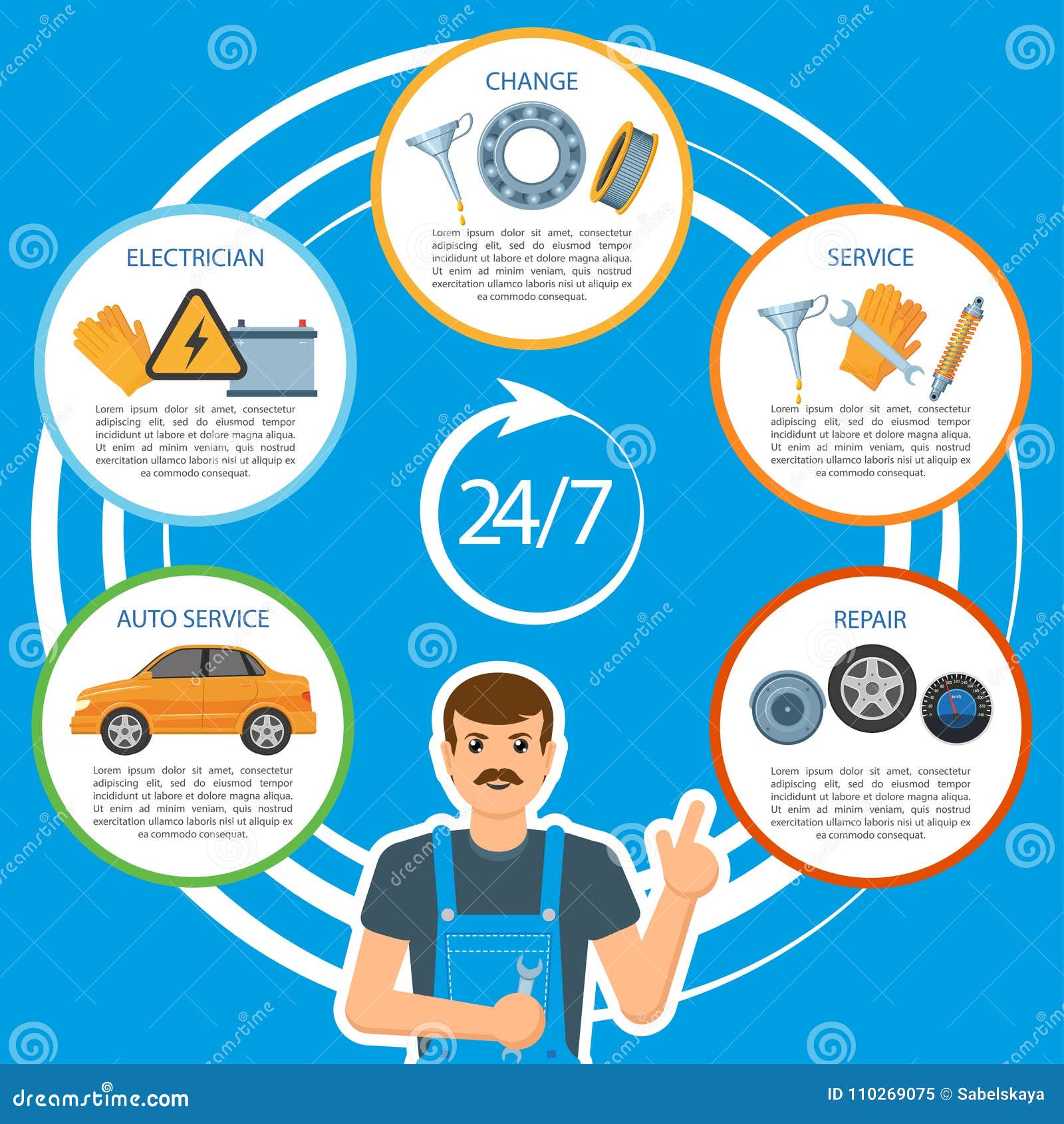Interpreting Your Automobile'S Alert Lights: Their Real Implications
Interpreting Your Automobile'S Alert Lights: Their Real Implications
Blog Article
Post Developed By-Faulkner Winters
When you're behind the wheel, those radiant caution lights on your dashboard can be a bit puzzling. Do you understand what they're attempting to inform you concerning your vehicle's health and wellness? Comprehending the significance of these lights is essential for your security and the longevity of your vehicle. So, the following time among those lights appears, would not you intend to decode its message properly and take the essential steps to resolve it?
Common Caution Lighting and Interpretations
Determine typical caution lights in your car and recognize their definitions to guarantee risk-free driving.
The most typical caution lights include the check engine light, which indicates issues with the engine or emissions system. If this light comes on, it's crucial to have your automobile checked quickly.
The oil stress advising light suggests low oil pressure, needing instant attention to prevent engine damages.
A flashing battery light could suggest a damaged billing system, potentially leaving you stranded if not resolved.
The tire pressure tracking system (TPMS) light informs you to low tire stress, affecting automobile security and fuel performance. Ignoring this can cause dangerous driving problems.
auto carwash shows a problem with the anti-lock braking system, endangering your capability to stop quickly in emergency situations.
Lastly, the coolant temperature level advising light warns of engine overheating, which can result in serious damages otherwise resolved promptly.
Understanding these typical caution lights will assist you attend to concerns quickly and preserve safe driving problems.
Value of Prompt Interest
Recognizing the typical caution lights in your auto is just the first step; the value of quickly attending to these warnings can not be emphasized sufficient to ensure your security when driving.
When a warning light illuminates on your control panel, it's your automobile's way of interacting a potential problem that requires focus. Ignoring these warnings can cause extra extreme troubles down the road, jeopardizing your safety and security and potentially costing you extra in repairs.
Prompt attention to alerting lights can protect against break downs and crashes. For instance, a blinking check engine light could indicate a misfire that, if left ignored, can trigger damages to the catalytic converter. Resolving this without delay can save you from an expensive fixing.
Similarly, a brake system advising light might signify low brake liquid or used brake pads, critical elements for your safety and security when driving.
DIY Troubleshooting Tips
If you see a warning light on your dashboard, there are a few DIY repairing tips you can try prior to seeking specialist assistance.
The very first step is to consult your car's handbook to understand what the certain caution light indicates. In some cases the issue can be as basic as a loosened gas cap setting off the check engine light. Tightening up the gas cap might solve the problem.
An additional common concern is a reduced battery, which can trigger different alerting lights. Inspecting the battery connections for deterioration and guaranteeing they're safe may repair the issue.
If a caution light persists, you can try resetting it by separating the auto's battery for a few minutes and after that reconnecting it. In https://hectorupiey.webdesign96.com/31734930/wish-to-discover-the-most-trustworthy-car-repair-shop-in-your-area-review-the-top-10-tips-that-will-certainly-sustain-you-in-making-an-audio-decision , inspecting your car's liquid levels, such as oil, coolant, and brake liquid, can aid repair cautioning lights related to these systems.
Final thought
In conclusion, recognizing your vehicle's warning lights is essential for maintaining your lorry running efficiently and securely. By promptly attending to these informs and recognizing what they suggest, you can avoid expensive repairs and prospective failures.
Bear in mind to consult your auto's guidebook for specific details on each advising light and take action as necessary to make certain a trouble-free driving experience.
Remain educated, remain safe when traveling!
